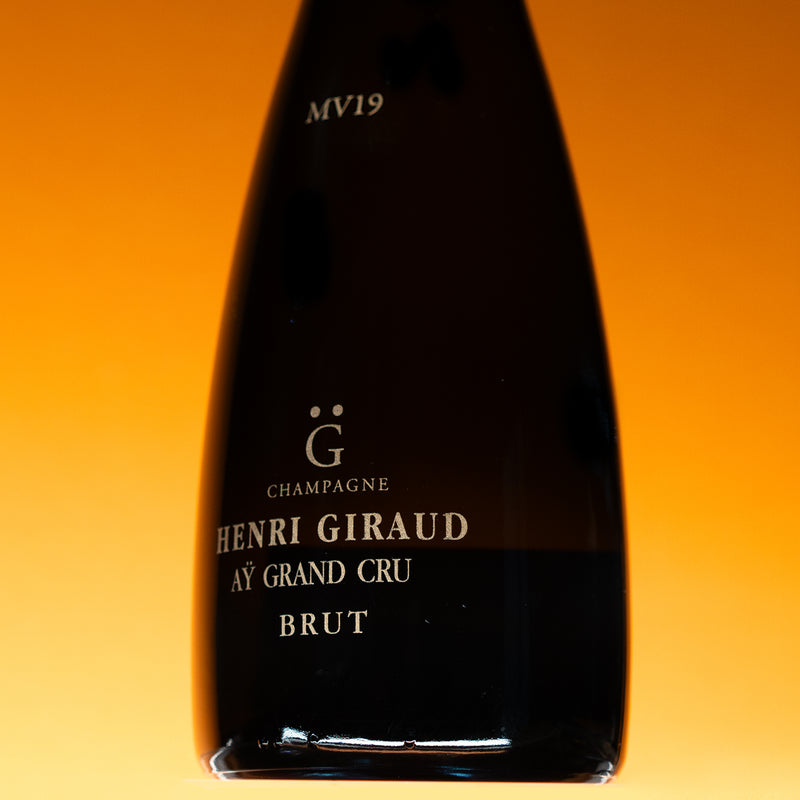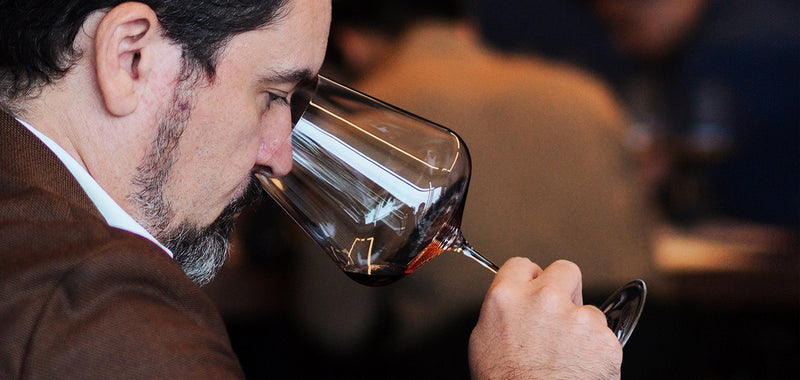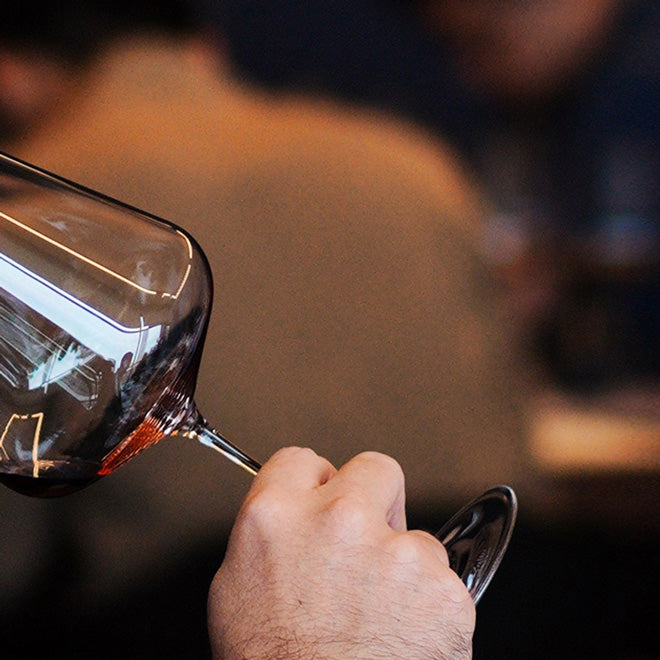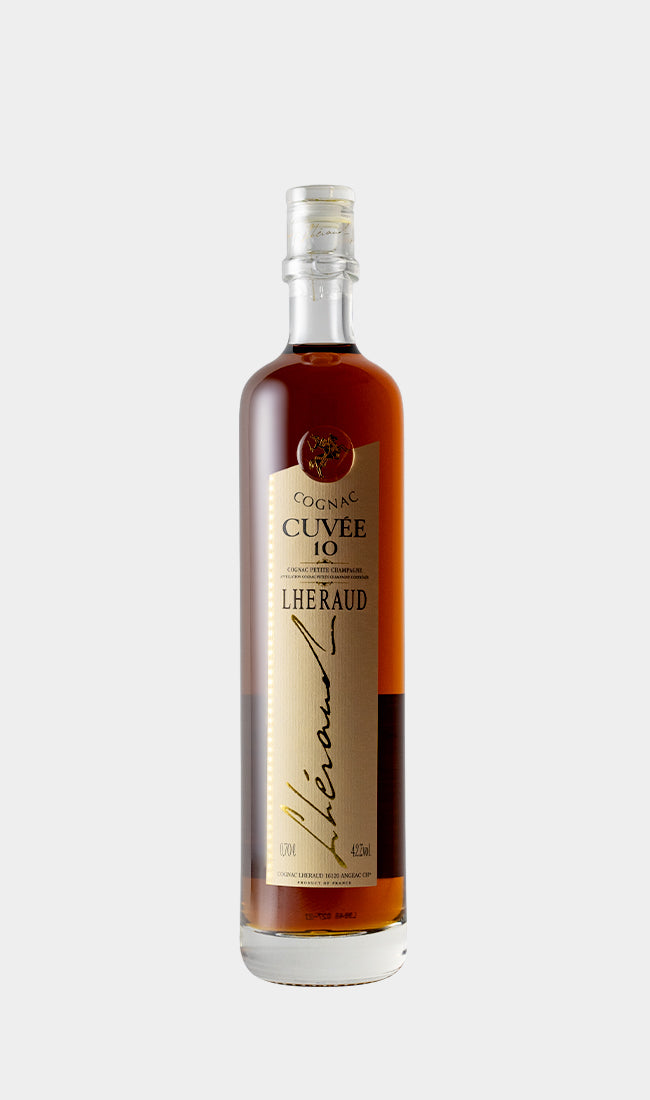Without patience and time, there's no cognac. It’s that simple
Instant gratification can be, well, gratifying. But there’s a French saying that goes, “il faut donner du temps au temps”. This literally translates to “you must give time to time”. When applied to life, it would mean taking things easy, and letting time do its thing.
The folks at Cognac Lhéraud live by this ethos. At Cognac Lhéraud, spirits are made primarily from the Ugni Blanc grape, and bits of Folle Blanche and Colombard. The grapes are picked in mid to late September, pressed for 12 hours and left to ferment naturally in concrete tanks until December. It is then double-distilled in traditional alembic copper pot stills before being aged in Limousin and Tronçais oak casks.


The Lhéraud family has been making Cognac since 1802. Until recently, they made their living by selling to the bigger boys. But throughout their history, the family always kept a small stash for themselves. In 1970, third-generation owner Guy Lhéraud felt it was time to break out, and to sell under the name Cognac Lhéraud.

Here, tradition reigns. Their recipe from Cognac has never been changed. And the Cognac is kept in barrels for as long as possible, and is bottled only when needed. Andrée Lhéraud, Guy’s wife, writes each label in homemade acorn ink. The labels are ironed onto the bottles, which are sealed with wax melted on a stovetop.
Cognac is like a man – the older it is, the better it is, according to Clement Gardillou, the Lhéraud family’s export manager. He tells us about everything that is wrong with the Cognac world today.
Is the world changing too fast?
I do not think that it is too fast. There are new technologies and trends, yes. But in fact, nothing is really changing. Human mentality has been the same since the beginning of time, and we are always looking for the same things as our ancestors did: Happiness, wealth and love. The new tools at our disposal today do not change the basic and essential needs.
Why does time mean at Cognac Lhéraud, where things move slow?
Time is our partner and time is on our side, so the fast-moving world doesn’t affect us. Without patience and time, there’s no cognac. It’s that simple.

How does the house of Lhéraud innovate from history?
History is our fuel. We innovate, yes, but with a reference to the past and not by changing the quality of our cognacs. We take our know-how and package heritage in a more attractive and modern way.
The distillation method remains the same. And it requires more than just a human touch, it requires a human being. So it is always made by hand, by a member of the family (currently Jean Charles, Guy Lhéraud’s grandson) and never with machines. Machines have no taste or feelings. While the final product might be good, there’s no identity.

What is wrong with the world of Cognac today?
It’s being driven by this need and desire to produce more and more, only to satisfy the future demand of emerging markets within a short span of time. Cognac needs time and patience, and fuelling this demand by selling younger cognacs, such as VS and VSOP, will not help the Cognac region. After all, we’ve already got competitors like brandy that can be made worldwide without strict quality control, and which are sold for much less.

How do you enjoy your cognac?
I like it with smoked salmon on rice or dark chocolate. And here’s a tip: Never keep your bottles of cognac lying on their sides, but standing. For wine, you lay them on their sides, but for strong spirits like rum and cognac, the alcohol will eventually destroy the cork.





.jpg?v=0)
.jpg?v=0)
.jpg?v=0)
.jpg?v=0)